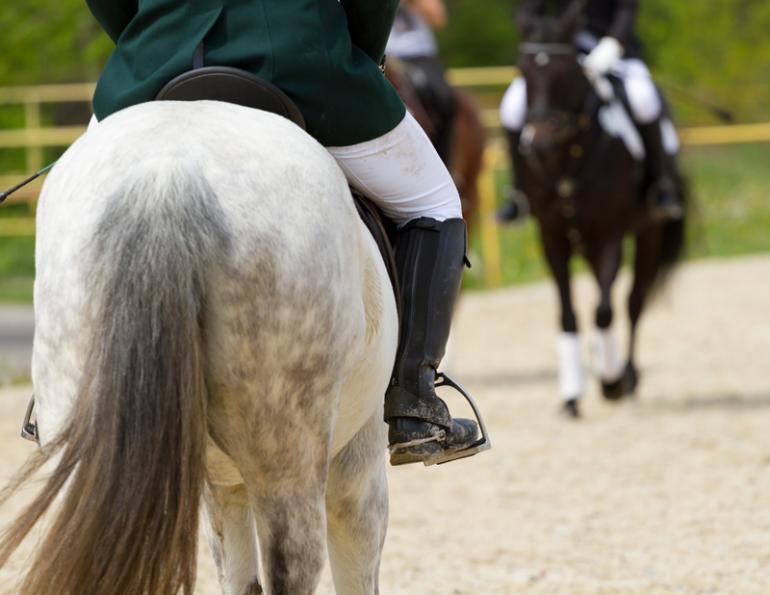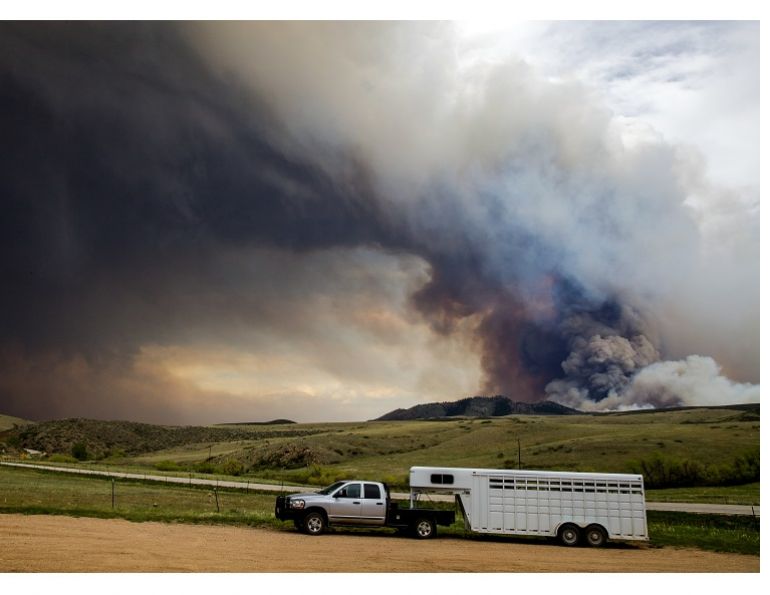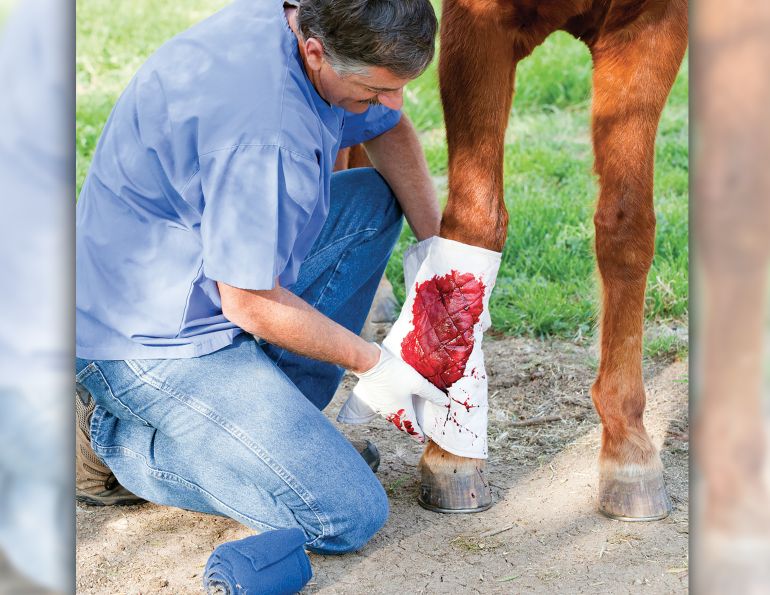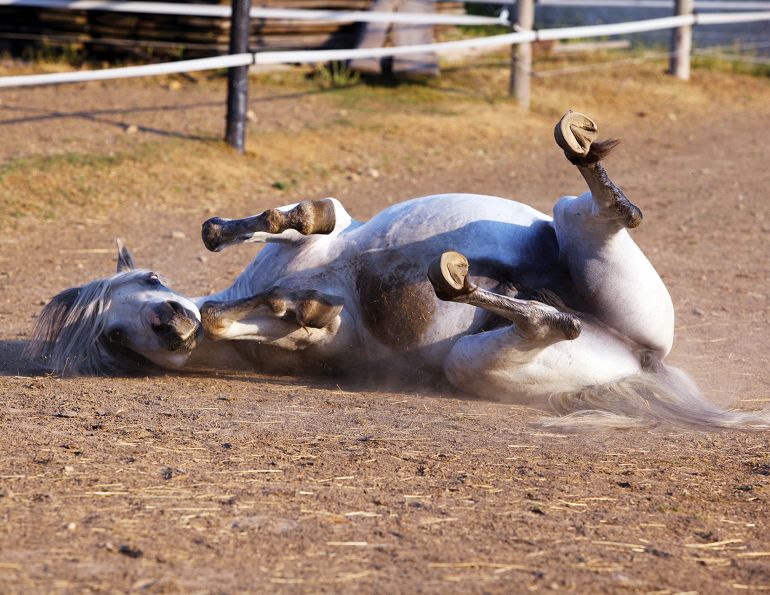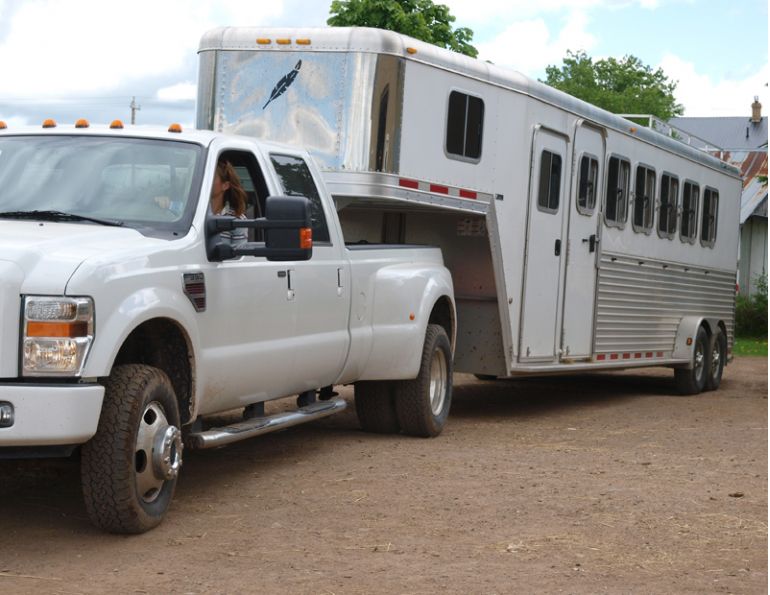By Jess Hallas-Kilcoyne
Question: What are my horse’s vital signs and how do I check them?
Answer: Every horse owner should be familiar with his or her horse’s “normal” vital signs. Knowing your horse’s healthy, resting temperature, heart rate, respiration rate, capillary refill time, and gut sounds will help you realize when he is unwell. Additionally, in the event of illness or injury to your horse, being able to check and report his vital signs can help indicate to your veterinarian the horse’s present condition.
All you need is a thermometer and a watch with a second hand. A stethoscope is optional for determining heart rate and respiration rate, and for checking gut sounds, but you should ask your veterinarian to show you how to use it correctly.
Temperature: A horse’s temperature is taken rectally. Plastic digital thermometers are safer than the traditional glass, mercury thermometers. If you do use a mercury thermometer, a string should be attached to one end and the string can be fastened with a hair clip to the horse’s tail; make sure you shake the mercury down to around 96 degrees Fahrenheit before taking your horse’s temperature. Lubricate the thermometer with K-Y Jelly or a similar water soluble lubricant.Your horse should be safely tied or held by a helper as you stand beside his hip, lift the tail, and gently insert the thermometer into the rectum, angling it slightly downward. Most digital thermometers will beep when they have an accurate temperature reading. A mercury thermometer should be left in position for at least three minutes. Once you have your horse’s temperature reading, always clean the thermometer well before putting it away.
Related: The Equine Heart
Heart Rate: There are several arteries from which you can determine your horse’s heart rate, or pulse, the most easily detected of which is located on the lower jaw bone. Using the flat side of your fingertips (not your thumb or you’ll feel your own pulse), press inward and upward against the inner edge of the lower jaw until you detect your horse’s pulse. Count the number of beats you feel for 15 seconds and multiply this number by four to obtain heart rate per minute.
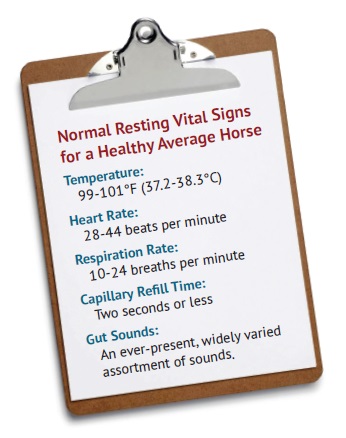
Respiration Rate: Respiration rate, or breathing rate, should be determined by observing the horse’s ribcage rise and fall with each breath. Stand beside your horse’s shoulder and watch the curve of the belly in front of the stifle, counting the number of breaths for one minute. Remember to count each inhalation and exhalation as one breath, not two.
Capillary Refill Time: To perform the capillary refill time test, which is an indicator of blood circulation, lift your horse’s upper lip and press your thumb firmly against the gum above a corner incisor for two seconds. This should create a white mark on the gum as blood is squeezed out of the area by your thumb. Remove your thumb and time how long it takes the gum to return to its original pink colour. If the blood takes longer than two seconds to return to the area, your horse may be experiencing shock or dehydration.
Gut Sounds: You can check your horse’s gut sounds by pressing your ear against his barrel behind the ribs, in front of the stifle. Normal gut sounds vary widely, but should always be present. Faint, infrequent, or absent gut sounds usually indicate colic and your veterinarian should be called.
It is strongly recommended that you check your horse’s vital signs when he is healthy to know what is normal for him. Be aware that taking vital signs on a horse that is nervous or excited can result in an inaccurate representation of his baseline vital signs.
Related: Equine Colic - Signs, Symptoms, Treatment
Related: Equine Emergency First Aid
Main Article Photo: Pam MacKenzie Photography





